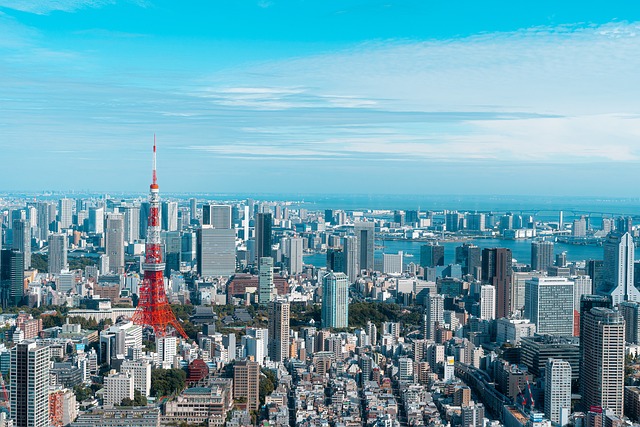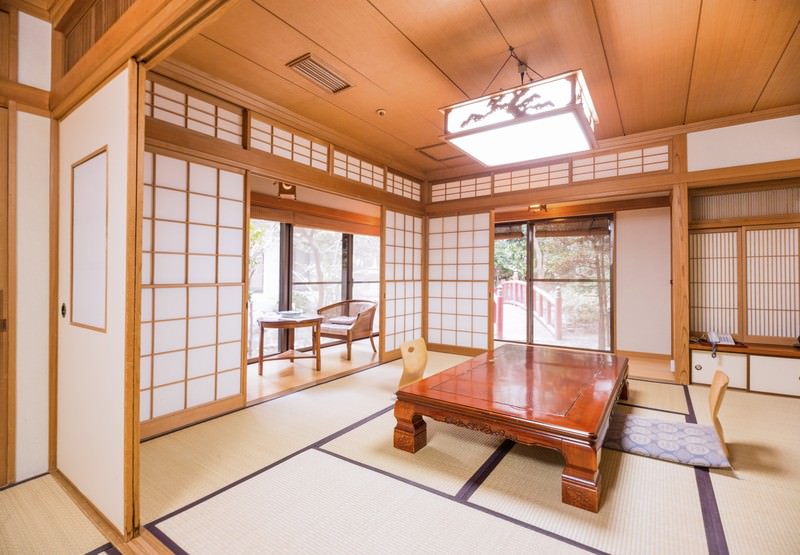प्रिय परिवार,
यदि जापान में आपकी यात्रा के दौरान कोई आकस्मिक परेशानी हो जाए तो क्या करना चाहिए? जैसे कि बाहर घूमते-घूमते रास्ता भटक जाना, अचानक तबियत ख़राब हो जाना, या बटुवा खो जाना—यदि आप हमें फ़ोन कर सकें तो अच्छा है, पर अगर फोन काम न कर रहा हो, भाषा न समझ आए या आस-पास मदद न मिले तब भी शांत रहकर कुछ आसान कदम अपनाने से सब संभल जाता है।
यह पन्ना उन्हीं परिस्थितियों में करने योग्य कामों और किसे/कहाँ/कैसे मदद माँगनी है, इसका संक्षिप्त मार्गदर्शन है।
English
Dear family —
If something unexpected happens while you are visiting Japan, what should you do? If you get lost while going out together, feel suddenly unwell, or lose your wallet, it’s reassuring if you can call us — but even if your smartphone doesn’t work, you can’t speak the language, or there is no one nearby to help, staying calm and following a few simple steps will usually be enough.
This page collects practical tips about what to do and who/where/how to ask for help.
बुनियादी और भरोसेमंद उपाय: कौबन / The Essential, Reliable Option: Koban
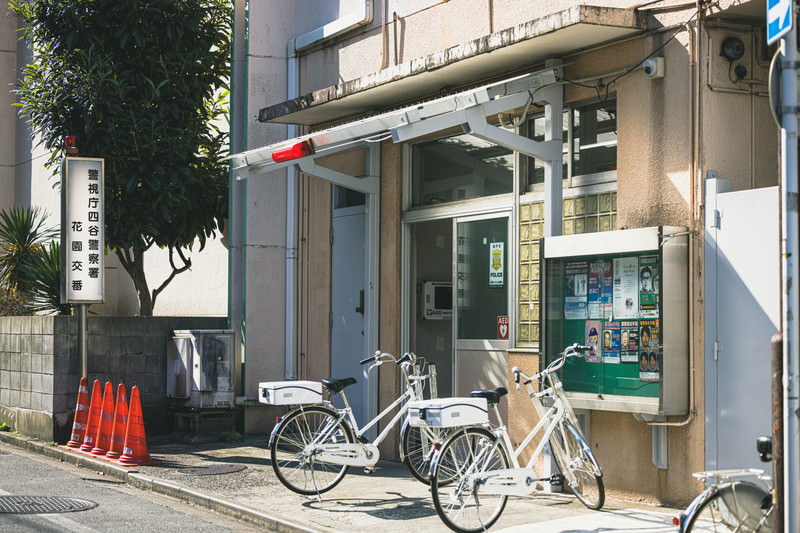
कौबन क्या है? / What is a koban?
कौबन छोटे-पुलिस बूथ होते हैं जो स्टेशन और चौराहों के पास मिलते हैं। ये आम हैं और कई बार 24 घंटे खुलते रहते हैं। जहाँ कुछ देशों में पुलिस केवल बड़े मामलों के लिए आती है, जापान में ये बूथ आम दिनचर्या की परेशानियों के लिए आपकी मदद करते हैं। बस “sumimasen” कह कर या “Help me” बोल कर मदद माँगिए — वे आपकी मदद करेंगे।
- दिखने में: एक छोटी इमारत, बाहर लाल लाइट से पहचानी जाती है (फोटो दी जाएगी)।
- काम: रास्ता बताना, खोई हुई चीज़ें संभालना, भटक गए लोगों की मदद, आपातकालीन सहायता।
- अंदर लोग: आमतौर पर शांत और मददगार पुलिस अधिकारी।
English
A koban is a small local police desk you’ll see around stations and intersections. They are common, and many are open 24 hours. Unlike some countries where “police” only shows up for big incidents, in Japan koban are a friendly place to turn to for everyday problems. If you say “Sumimasen” or “Help me,” they will do their best to help.
- People inside: police officers who are usually calm and kind.
- Appearance: a small building with a red light outside (we will include photo examples).
- Purpose: giving directions, handling lost-and-found, helping with missing people, supporting in emergencies.
कौन-कौन सी स्थितियों में कौबन जाएँ? / When should you visit a koban?

- रास्ता भटक गए हों: नक्शा या पता दिखाइए, वे आपको सही दिशा बताने में मदद करेंगे।
- बटुआ/बैग खो गया हो: अपना संपर्क और सामान की जानकारी दें — मिल जाने पर आपको सूचित किया जाता है। जापान में सामान अक्सर वापस मिल जाता है (मेरा भी ऐसा अनुभव है)।
- तबियत खराब हो जाए: वे आपको अस्पताल बता देंगे या ज़रूरत पड़े तो एम्बुलेंस बुला देंगे; कभी-कभी थोड़ी देर आराम करने की जगह भी मिल जाती है।
- फोन बंद हो: वे अनुवाद ऐप या टेलीफोन-ट्रांसलेट सेवा से आपके परिवार/होटल से संपर्क करवा सकते हैं। परिवार/होटल के नंबर कागज़ पर लिख कर रखें।
English
- If you are lost: show them a map or an address and they will guide you to your destination.
- If you lose a wallet or bag: give them your contact details and a description — if someone finds it, you will often be contacted. In Japan lost items are frequently returned (I’ve experienced this myself).
- If you feel unwell: they can direct you to a hospital or call an ambulance if necessary; sometimes they can offer a place to rest briefly.
- If your phone is dead: they can use translation apps or telephone interpreting services to contact your family or hotel. Keep paper with family/hotel contact details to show them.
कौबन कैसे ढूँढें / How to find a Koban

कौबन को आप छोटी इमारत और बाहर लगी लाल लाइट से पहचान लेंगे। ये अक्सर चौराहों और स्टेशनों के पास होते हैं और साल भर, दिन-रात उपलब्ध होते हैं।
English
You can recognize a koban by its small shape and the red light outside. They are often placed near crossings and stations, and operate year-round, 24/7.
रास्ता भटकने पर क्या करें / What to do if you get lost
कौबन के अलावा ये उपाय मददगार होते हैं:
English
Other than going to a koban, here are practical steps:
नक्शा देखें / Look at the Map

बड़े रास्तों और पार्कों में लगे नक्शों पर अक्सर “You are here” का निशान होता है — उसे देखें और अपने गंतव्य से मिलाइए। अगर स्मार्टफोन चल सकता है तो Google Maps बहुत मददगार है: यह आपकी जगह दिखाता है और रास्ता बताता है। यात्रा से पहले परिवार के साथ नक्शे पढ़ने और रूट सर्च करने की प्रैक्टिस कर लें — इससे आत्मविश्वास बढ़ता है।
English
City maps in parks and main streets usually show “You are here” — check that red mark and compare it with your destination. If you can use a smartphone, Google Maps is very helpful: it shows your current location automatically and gives directions. Practice using maps, searching routes, and reading direction arrows with family before you travel — this makes you feel much more confident.
आसपास के लोगों से पूछें / Ask people nearby
धीरे चल रहे लोग पूछने के लिए अच्छे होते हैं; बस “sumimasen” कह कर भी ध्यान मिल जाता है। आप स्टेशन के काउंटर पर भी जा सकते हैं — JR/मेट्रो स्टाफ विदेशी यात्रियों की मदद करने के आदी होते हैं।
English
Ask someone who looks unhurried (people walking slowly, for example); even “Sumimasen” is often enough to get attention. You can also go to a station counter and ask staff at JR/metro gates — they are used to helping foreign visitors.
भाषा की चिंता हो तो / If you’re worried about the language
बहुत से जापानी अंग्रेज़ी नहीं बोलते। आने से पहले एक कागज़ पर जापानी में लिखवा लें: “मैं रास्ता भटक गया/गई हूँ। कृपया मुझे इस पते पर लेकर जाइए (होटल का पता)” — जरूरत पड़ने पर यह दिखा दें। जापानी-हिंदी इशारों वाली छोटी पुस्तक भी आराम देती है।
English
Many Japanese people don’t speak English well. Before arrival, prepare a paper that says “I am lost. Please take me back to this address (hotel address)” in Japanese and show it if needed. A phrasebook that supports Japanese ↔ Hindi pointing can also be reassuring.
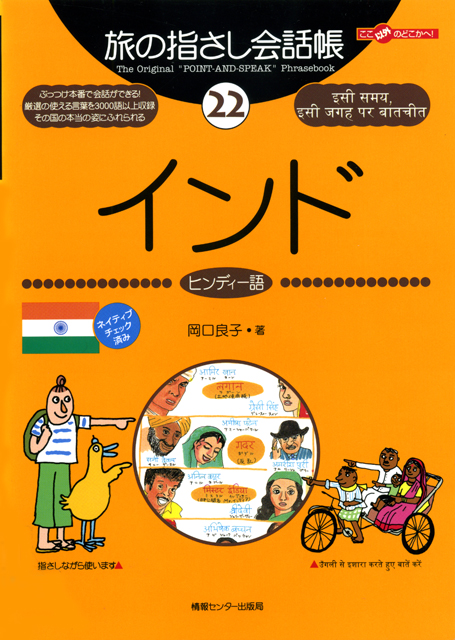
भारतीय / नेपाली स्टाफ से मदद लें / Ask Indian / Nepalese staff for help
कन्बिनी (convenience store) में कभी-कभी भारतीय कर्मचारी मिल जाते हैं और इंडियन/नेपाली रेस्तरां में भी हिंदी समझने वाले मिल सकते हैं — उनसे मदद मांगना ठीक है।
English
You will often find Indian staff at convenience stores, and many Indian/Nepali restaurants — sometimes Hindi is understood there, so don’t hesitate to ask.
जब स्मार्टफोन काम न करे (बैटरी / सिग्नल समस्या) / When your phone doesn’t work (battery / no signal)
बैटरी खत्म होने पर / When the battery dies
कन्बिनी में चार्ज-किए हुए पावर-बैंक मिलते हैं। शहर में चार्जिंग-स्टेशन किराये पर भी मिलते हैं — Charge Spot या PowerNow जैसी सेवाएँ हैं; उपयोग में मदद चाहिए तो हम बताएँगे।
English
You can buy charged battery packs at convenience stores. Also, there are rental charging stations around the city — services like Charge Spot or PowerNow exist; ask us if you want help using them.
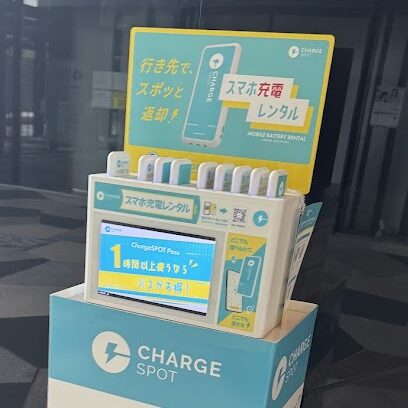
पब्लिक फोन का उपयोग / Using public payphones
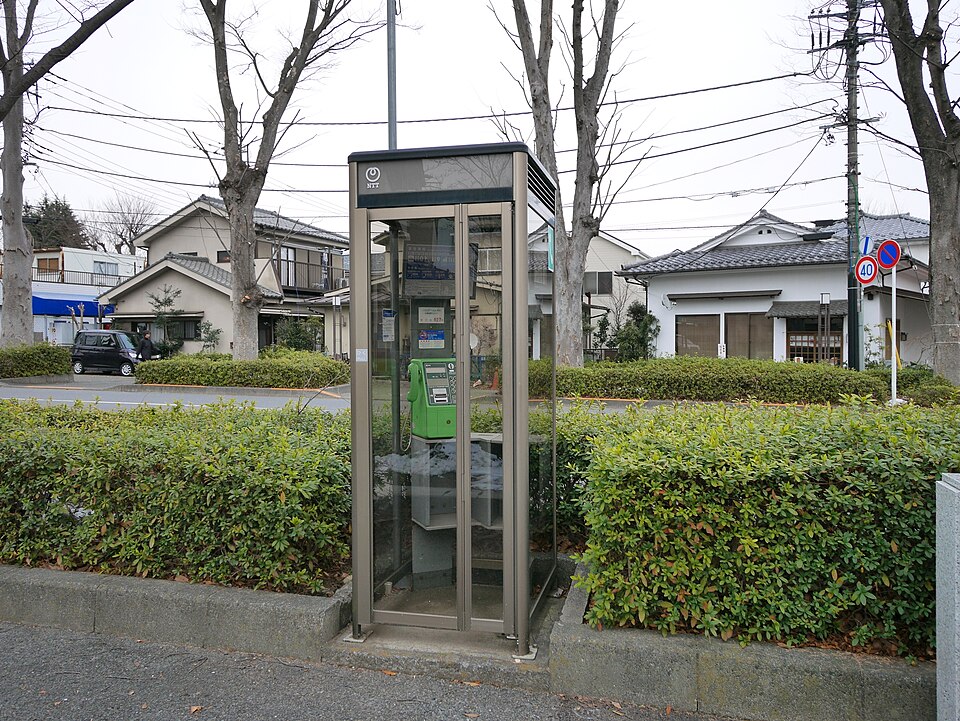
हालाँकि अब कम हैं, फिर भी स्टेशन और बड़े भवनों में पब्लिक फोन होते हैं। इनमें 10 yen और 100 yen सिक्के चलते हैं। परिवार/होटल के नंबर कागज़ पर लिख कर रखें।
English
Although less common now, payphones remain at stations and large buildings. They accept 10-yen and 100-yen coins. Write down family or hotel numbers on paper to use with payphones.
आस-पास के लोगों या कौबन से मदद माँगें / Ask people or a koban for help
इस तरह का कागज़ दिखाएँ: “मेरा फोन काम नहीं कर रहा। कृपया मेरे परिवार/होटल को फोन कर दीजिए।” टोक्यो के कौबन विदेशी यात्रियों की मदद करने के आदी हैं—यदि आप केवल हिंदी बोलते हैं, तो इशारों और पुलिस अधिकारी के अनुवाद मददगार होते हैं।
English
Show a paper that says “My phone is not working. Please contact my family/hotel” — Tokyo koban are used to helping foreign visitors. Even if you only speak Hindi, simple gestures plus translation apps or telephone interpreting services the officer can use will often get the message through.
वास्तविक आपातकालीन संपर्क नंबर / Emergency contact numbers
पब्लिक फोन से नि:शुल्क इन नंबरों पर कॉल करें:
- 110 — पुलिस: चोरारी या किसी घटनाक्रम में फँसना आदि के लिए।
- 119 — एम्बुलेंस/आग: एम्बुलेंस बुलाने या आग की सूचना देने के लिए।
दोनों सेवाएँ मुख्यतः जापानी में काम करती हैं, पर अंग्रेज़ी में बात शुरू करने पर आमतौर पर अंग्रेज़ी बोलने वाले ऑपरेटर से जोड़ा जाता है।
English
From a public phone, call these free numbers:
- 110 — Police: for theft, being involved in an incident, etc.
- 119 — Ambulance / Fire: to call an ambulance or report a fire.
Both services are primarily in Japanese, but if you start in English they usually connect you to an English-capable operator.
पहले से तैयार कर लेने योग्य चीज़ें / Things to prepare in advance
यात्रा से पहले तैयार कर लें — और साथ रखें:
- होटल का पता और फ़ोन नंबर कागज़ पर लिख कर रखिए।
- हमारे संपर्क नंबर और अनुवाद ऐप के इस्तेमाल का निर्देश फोन की होम स्क्रीन पर सेट कर दीजिए।
- “मदद चाहिये तो यह दिखाएँ” वाला कार्ड और इशारों/फ्रेज़ का छोटा पुस्तिका अपने पर्स में रखें।
- आने से पहले Google Maps का अभ्यास कर लें।
English
Things to prepare before you travel (keep with you):
- Write down your hotel’s address and phone number on paper and carry it.
- Put our contact and instructions for using a translation app on the phone’s home screen.
- Carry a “show this if you need help” card and a small pointing-phrase booklet in your wallet.
- Practice using Google Maps before you come.
अंत में / Finally
जापानी लोग आमतौर पर शांत होते हैं, पर वे किसी को परेशानी में छोड़कर नहीं जाते। अगर आप मदद माँगेंगे—कौबन, स्टेशन, होटल, नज़दीकी दुकान या रास्ते पर किसी से—तो आमतौर पर कोई आपकी मदद करेगा। भले ही आप जापानी न बोल पाते हों, हार मत मानिए: “すみません” कह कर मदद माँग लें।
English
Japanese people are generally quiet, but they do not ignore someone in trouble. If you ask for help—at a koban, station, hotel, a nearby shop, or simply from someone walking by—someone will usually come to your aid. Even if you cannot speak Japanese, don’t give up: say “Sumimasen” and ask for help.

